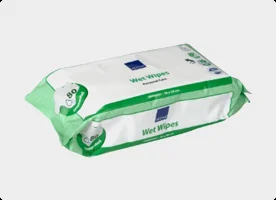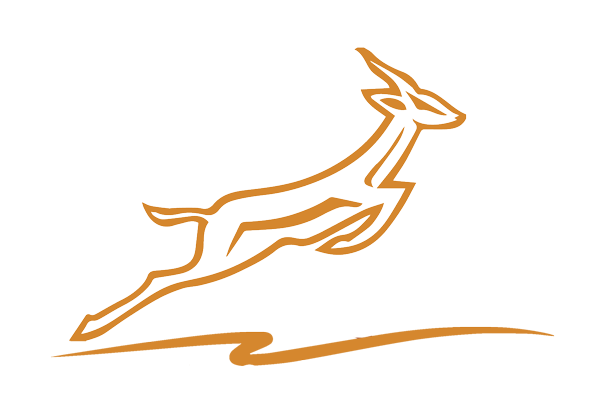KILIMANJARO
Packing List
KILIMANJARO
Packing List
Useful tips for packing your Kilimanjaro kit
You can hire the required gear on the spot when you arrive in Tanzania.
Avoid buying the cheapest gear.
Clothing for Kilimanjaro
Jackets
Fleece jacket as an insulation layer.
The best brands of fleece jackets for expeditions to Kilimanjaro are The North Face, Red Fox, Mountain Hardwear and Patagonia.
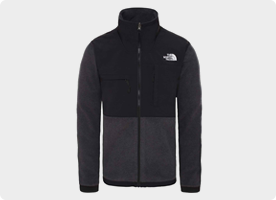
Warm jacket / Down jacket
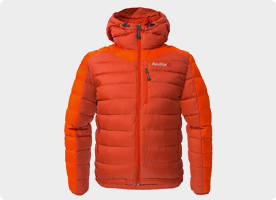
Membrane Hard shell rain jacket (Gore-Tex or other)
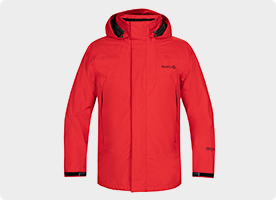
Trousers
Trekking pants
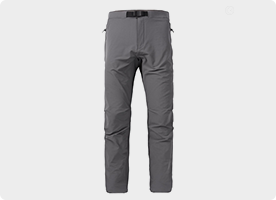
Membrane pants of rain pants
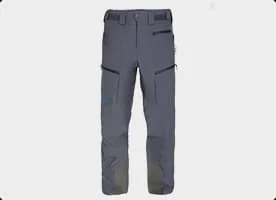
Warm trousers or ski pants
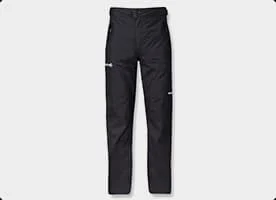
Hiking underwear and shirts
Bags & Backpacks for hiking
Daypack
- Your Kilimanjaro backpack should have a rain cover. Rain can start quickly, and it will be necessary to protect the contents.
- It should have side pockets for trekking poles, a water flask (bottle) and other items that you deem useful to have in easy access.
- A good backpack should also have a hip belt which is helpful for reducing weight pressure.
- Ideally, a daypack should be compatible with a camel bag/hydration bladder.
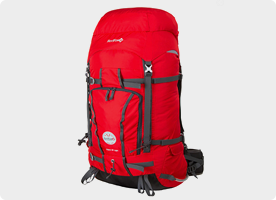
Duffle bag
- Have a minimum of 90-120 liter capacity. Otherwise, you won’t be able to fit in the entire Kilimanjaro kit.
- It should be made of waterproof materials.
Along with a duffle bag we recommend taking several large dry bags and packing your gear inside separately. This approach will provide extra protection and will keep all your gear dry in case of heavy rains.
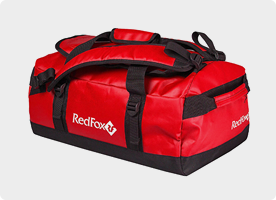
Dry bag
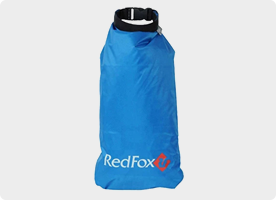
Water flask
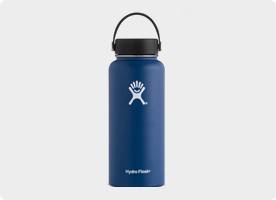
Camel bag / Hydration bladder (Optional)
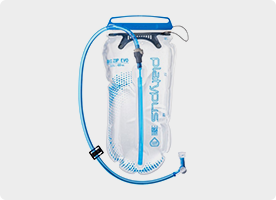
Travel bag organizers (Optional)
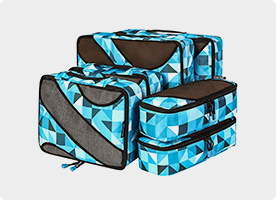
Footwear
Hiking boots
- Boots should have good ankle support. To avoid getting injured make sure to choose a robust model with sufficient ankle support.
- Boots should be of medium weight. Avoid buying boots that feel very heavy, it will affect your comfort and make your feet quickly tired.
It is critically important to break in your boots before the start of your Kilimanjaro trip. You should take at least two long hikes to get them ready.
Sneakers (Optional)
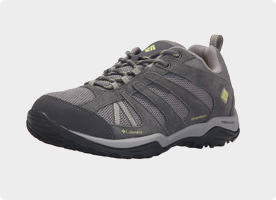
Trekking socks

Thermal socks (Optional)
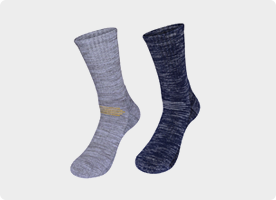
Gaiter Optional

Headgear
Sun hat
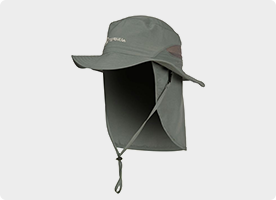
Beanie
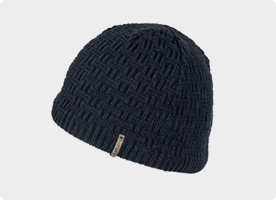
Balaclava (Optional)
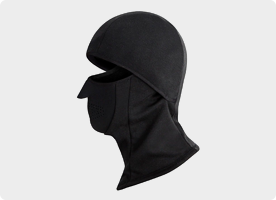
Neck warmer (Optional)
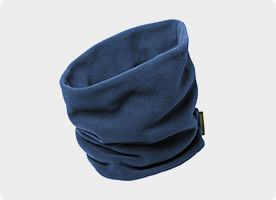
Sunglasses
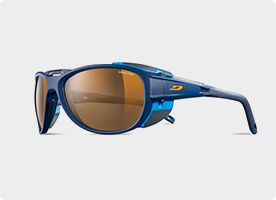
Headlamp
A headlamp will be necessary during the summit. Normally, hikers start at midnigaht aiming to reach Uhuru peak by sunrise.
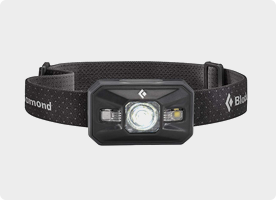
Trekking poles
Good trekking poles are exactly what you need to minimize the impact of a lengthy hike on your knees and joints.
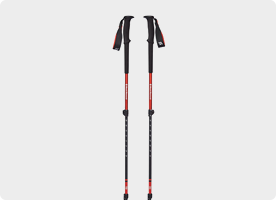
Gloves
You will need two types of gloves for this adventure – light inner gloves and warmer outer gloves for the summit night. Both types of gloves are essential for your Kilimanjaro trip.
Lightweight gloves
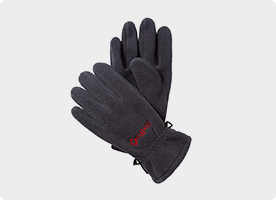
Warm gloves or mittens
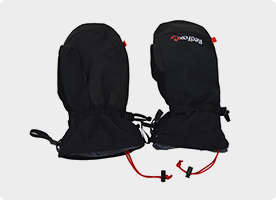
Sleeping bag for Kilimanjaro
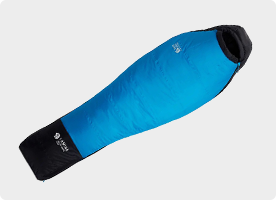
Sleeping bag liner (Optional)
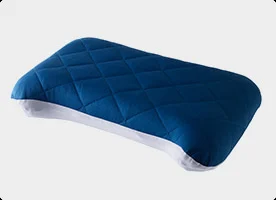
Personal & Medical items (Optional)
